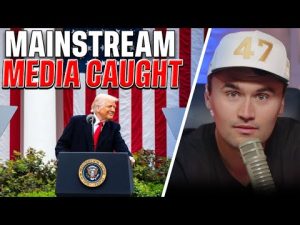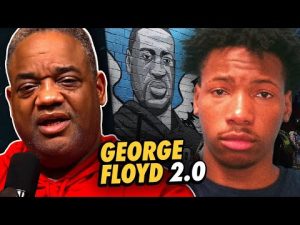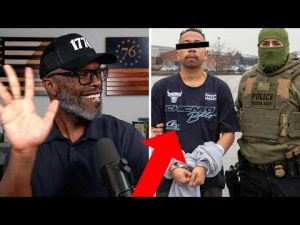Lee Harvey Oswald’s assassination of President John F. Kennedy remains one of history’s most scrutinized acts, with ongoing debates about the feasibility of his shots. The Warren Commission concluded Oswald acted alone, firing three shots from the Texas School Book Depository using a 6.5×52mm Carcano Model 38 rifle. Recent recreations, including Glenn Beck’s experiment, aim to test this conclusion.
### Key Factors in the Shot’s Difficulty
Oswald’s Carcano rifle, purchased via mail order, was a World War II-era infantry carbine described as unreliable with a poorly aligned scope. Beck’s team noted the weapon’s design flaws, calling it a “crappy gun” that required significant adjustments. The scope, factory-set for 200 meters, would have shot high at the Dealey Plaza distance of under 100 meters, complicating accuracy. Ballistic tests suggest Oswald may have used open sights instead, which reduced alignment time but introduced vertical deviation.
– : Kennedy’s limousine traveled at 11 mph, with a downward slope in Dealey Plaza creating a stationary-appearing target for Oswald’s final shot. Beck’s team simulated this using a truck on uneven terrain to mimic vehicle movement.
– : The Warren Commission estimated three shots in 8.3 seconds. While Oswald’s Marine Corps training included marksmanship, records labeled him a “mediocre” shooter. Beck’s recreation attempted to replicate the timing but faced challenges balancing nervousness and external factors.
The single-bullet theory posits that one round struck both Kennedy and Texas Governor John Connally. Trajectory analysis and wound ballistics support this, though critics highlight inconsistencies in the Zapruder film showing Kennedy’s head movement. Autopsy reports confirm Kennedy’s fatal head wound originated from the rear, aligning with the Depository’s sixth-floor window.
### Glenn Beck’s Findings
Beck’s partial recreation, using the same rifle and ammunition, revealed two unexpected discoveries:
– : The ammunition’s design (originally for Greek fighters) caused erratic performance, raising questions about its suitability for precise shots.
– : Preliminary observations from Beck’s test indicated inconsistencies in bullet impacts compared to historical records, hinting at undisclosed Warren Commission oversights.
### Public Perception vs. Official Accounts
Despite official conclusions, 65% of Americans believe in a conspiracy, often citing government involvement. Beck’s work taps into this skepticism, suggesting the CIA’s historical overreach and potential cover-ups. However, experts like the Discovery Channel’s 2008 tests reaffirmed the Depository as the shot’s origin, debunking grassy knoll theories.
### Conclusion
Oswald’s shots were technically possible but extraordinarily difficult given the rifle’s shortcomings, environmental variables, and his marksmanship skills. While the Warren Commission’s findings hold forensic weight, Beck’s recreation highlights lingering questions about mechanical and human factors. The debate persists, fueled by enduring public distrust and incremental document releases, ensuring Kennedy’s assassination remains a focal point of historical inquiry.







